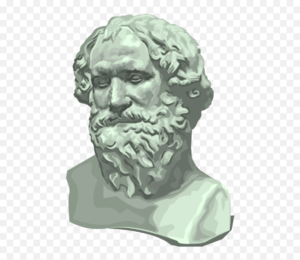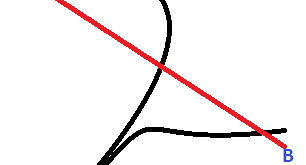History of Archemedes :
Archimedes (Archimedes Principle), sometimes spelled as Archimedes of Syracuse, was a renowned ancient Greek mathematician, physicist, engineer, and inventor. He was born in the city of Syracuse, located on the island of Sicily, in 287 BC and lived until approximately 212 BC. Archimedes is widely considered one of the greatest mathematicians and scientists of antiquity.

Archimedes made significant contributions to various fields, including mathematics, physics, engineering, and astronomy. He developed pioneering mathematical principles and methods that laid the foundation for many scientific discoveries. Some of his notable achievements include the estimation of pi (π) and the development of integral calculus, which he used to calculate areas and volumes of irregular shapes.
Archimedes’ works encompassed a broad range of disciplines. He developed the principles of mechanics and introduced innovative machines, such as the Archimedean screw, a device for lifting water. He also explored the field of hydrostatics, studying the behavior of fluids and formulating the principle that bears his name—Archimedes’ principle. This principle describes the relationship between the buoyant force experienced by an object submerged in a fluid and the weight of the fluid it displaces.
Archimedes’ contributions to the sciences were not limited to theoretical discoveries. He applied his knowledge to practical problems, such as the design of war machines to defend Syracuse against invading forces during the Roman conquest of Sicily. His inventive devices, such as the giant claw and various ingenious war machines, demonstrated his engineering prowess and ability to devise innovative solutions.
Archimedes’ intellectual achievements and his impact on the scientific world were profound. He left a lasting legacy that influenced subsequent generations of mathematicians, scientists, and engineers. His works were highly regarded by both his contemporaries and later scholars, and many of his principles and theorems are still taught and studied today.
Despite his remarkable contributions, Archimedes’ personal life and historical details are not as extensively documented as his scientific achievements. Nevertheless, his intellectual prowess and the enduring significance of his discoveries have earned him a place among history’s most influential scientists and mathematicians.
Archimedes Principle:
Archimedes’ principle, named after the renowned ancient Greek mathematician Archimedes, is a fundamental concept in fluid mechanics. It states that when an object is submerged in a fluid, it experiences an upward buoyant force equal to the weight of the fluid it displaces. This principle plays a pivotal role in understanding buoyancy, which explains why objects either float or sink in fluids.
Let’s delve deeper into Archimedes’ principle by exploring its applications and implications. Consider a ship floating on water. As the ship is placed in the water, it displaces a volume of water equal to its own volume. According to Archimedes’ principle, the weight of the water displaced by the ship is equal to the buoyant force acting on the ship. If the weight of the ship is less than the weight of the water it displaces, the ship will float. The buoyant force surpasses the weight of the ship, resulting in a net upward force that keeps it afloat. However, if the weight of the ship exceeds the weight of the water displaced, the buoyant force will be insufficient, causing the ship to sink.
A similar principle applies when a person enters a swimming pool. The person displaces a volume of water, and the buoyant force acting on them is equal to the weight of the water displaced. If the weight of the person is less than the weight of the displaced water, they will float. Conversely, if their weight is greater, they will sink. This demonstrates how an object’s ability to float or sink depends on the relative densities of the object and the fluid it is submerged in.
The concept of buoyancy is further exemplified by the operation of a hot air balloon. A hot air balloon utilizes Archimedes’ principle to achieve lift-off. The balloon is filled with hot air, which is less dense than the surrounding air. As a result, the hot air displaces an amount of air equal to its own volume. According to Archimedes’ principle, the buoyant force acting on the balloon is equivalent to the weight of the displaced air. If the buoyant force exceeds the combined weight of the balloon and its payload, the balloon ascends into the air.
Archimedes’ principle finds application in various fields. Engineers rely on it to design ships, submarines, and other vessels with specific buoyancy characteristics. Understanding buoyancy aids in constructing objects that can float, submerge, or achieve neutral buoyancy. Moreover, this principle plays a crucial role in hydrodynamics, the study of fluids in motion, allowing scientists to analyze the behavior of fluids and their interaction with solid objects.
In conclusion, Archimedes’ principle, a cornerstone of fluid mechanics, provides valuable insights into the buoyant force experienced by submerged objects. It elucidates why objects float or sink in fluids and has widespread practical applications across engineering, physics, and hydrodynamics. By comprehending this principle, researchers and engineers can optimize designs and make informed decisions regarding the behavior of objects immersed in fluids.
Archimedis Principle wikipedia is here.
More articles on Physics is here.
 IT2EDU Empowering Education Through Technology
IT2EDU Empowering Education Through Technology

